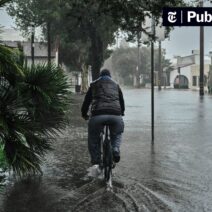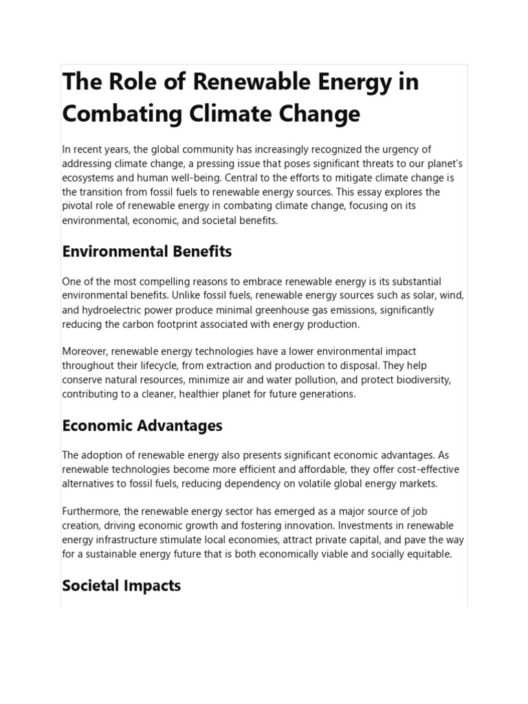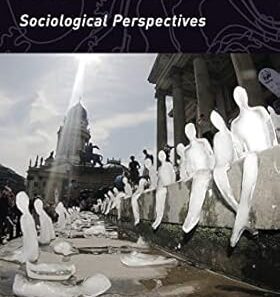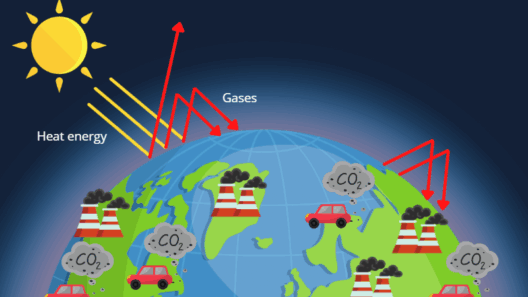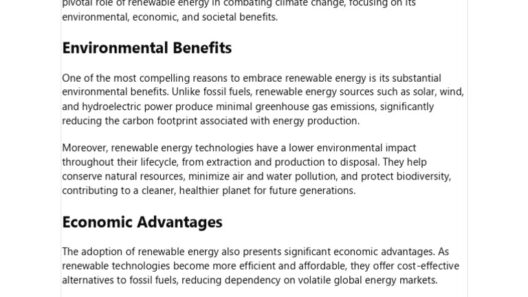As the world grapples with the monumental challenges posed by climate change, a lesser-discussed, yet equally alarming reality lurks in the shadows: the potential for nuclear warfare. Could it be that these two existential threats—climate change and nuclear annihilation—are inextricably linked? The intersection between the two may seem improbable at first, but upon closer examination, a complicated web of interactions emerges.
The initial consideration is the devastating impact of climate change itself. Global warming, driven by anthropogenic carbon emissions, leads to extreme weather events, rising sea levels, and ecological collapses. As these effects cascade, societies may increasingly become vulnerable, leading to instability. Such instability can act as a powder keg, igniting conflicts over dwindling resources like water, arable land, and energy. In volatile geopolitical landscapes, where national interests are tightly woven into the fabric of survival, desperation can provoke nations to consider extreme measures, including the deployment of nuclear weapons.
This situation raises a critical question: Can climate change, through its destabilizing effects, incite nuclear conflict? History has shown that scarcity can fuel tensions. The 1947 partition of India and Pakistan, catalyzed in part by the division of resources, has left a lasting nuclear legacy. As regions struggle to adapt to changing climates, do we risk repeating past mistakes? The very survival of humanity could hinge on the answers to these questions.
In assessing the potential for nuclear warfare stemming from climate-induced turmoil, one must consider the role of military infrastructure. Armed forces worldwide are significant consumers of energy, often operating on fossil fuels. The military’s carbon footprint is substantial, leading to calls for a greener approach in defense policies. It poses an interesting challenge: as nations scramble to militarize their response to climate refugees and resource wars, will they be able to balance environmental commitments with military readiness? An exhaustive commitment to renewable energy—a necessity in combating climate change—could provide a stabilizing counterbalance to this potential escalation.
Yet, the irony deepens. The very infrastructure designed for national defense against external threats may contribute further to climate change. Nuclear weapons, with their catastrophic potential, wield an immense hammer over the geopolitical landscape. The production and maintenance of nuclear arsenals require vast amounts of energy and resources. Moreover, the radiation from nuclear incidents can exacerbate already vulnerable ecosystems, pushing climate-affected areas into cycles of despair. Each nuclear warhead represents a legacy of resource allocation that could otherwise help stem the tide of climate destruction.
An interconnected reality showcases the uncertainty clouding both climate policy and nuclear disarmament efforts. The negotiation dynamics in which countries engage reveal a complex interplay between short-term survival instincts and long-term planetary health. If nations perceive climate change as an existential threat and nuclear weapons as tools of deterrence, can meaningful diplomatic progress be achieved? With global temperatures rising and harsh climates shaping migration patterns, nuclear disarmament could easily slip down the priority list.
However, there lies a glimmer of hope. Initiatives like the Treaty on the Prohibition of Nuclear Weapons aim to mitigate the threat posed by these arsenals. Simultaneously, there are growing movements advocating for coordinated global responses to climate change. The intersection of these movements presents a unique challenge: how can a concerted push towards disarmament coincide with urgent climate action? Moreover, could a collaboration between climate activists and nuclear disarmament advocates prioritize peace as a means of sustainability? This conundrum remains an enigma, with the solutions as multifaceted as the problems themselves.
One mustn’t ignore the role of public consciousness in this dialogue. Awareness campaigns that elucidate the links between climate change and nuclear threat could foster greater public engagement. The average citizen—completely detached from political maneuvering—has the power to insist upon both nuclear disarmament and aggressive climate action. Educating the masses about the consequences of nuclear conflict, not just in terms of immediate loss of life but also regarding long-term climate and ecological degradation, could catalyze grassroots movements. People need to understand that nuclear warfare may not just lead to localized destruction; the ramifications could spiral into ecological collapse.
Thus, the question persists: is the perceived dichotomy between climate action and nuclear disarmament a false one? With both phenomena threatening humanity’s survival, it acts as a potent reminder that our greatest challenges are not independent and isolated but interconnected. In a world where climate change could exacerbate the risk of nuclear conflict, the sincere search for solutions must consider this inextricable link.
We stand at a critical juncture. The interplay between climate change and nuclear threats presents a daunting yet necessary challenge. As we seek creative solutions to avert catastrophe, a holistic approach to both climate and nuclear proliferation must take precedence. Societies cannot afford to silo these discussions; only through unity and understanding can we face the dual specters of climate change and nuclear warfare. The future demands that we rethink our positions and actions in light of these overlapping crises. How we navigate this treacherous terrain will define not just our existence, but the quality of life for generations yet unborn.

